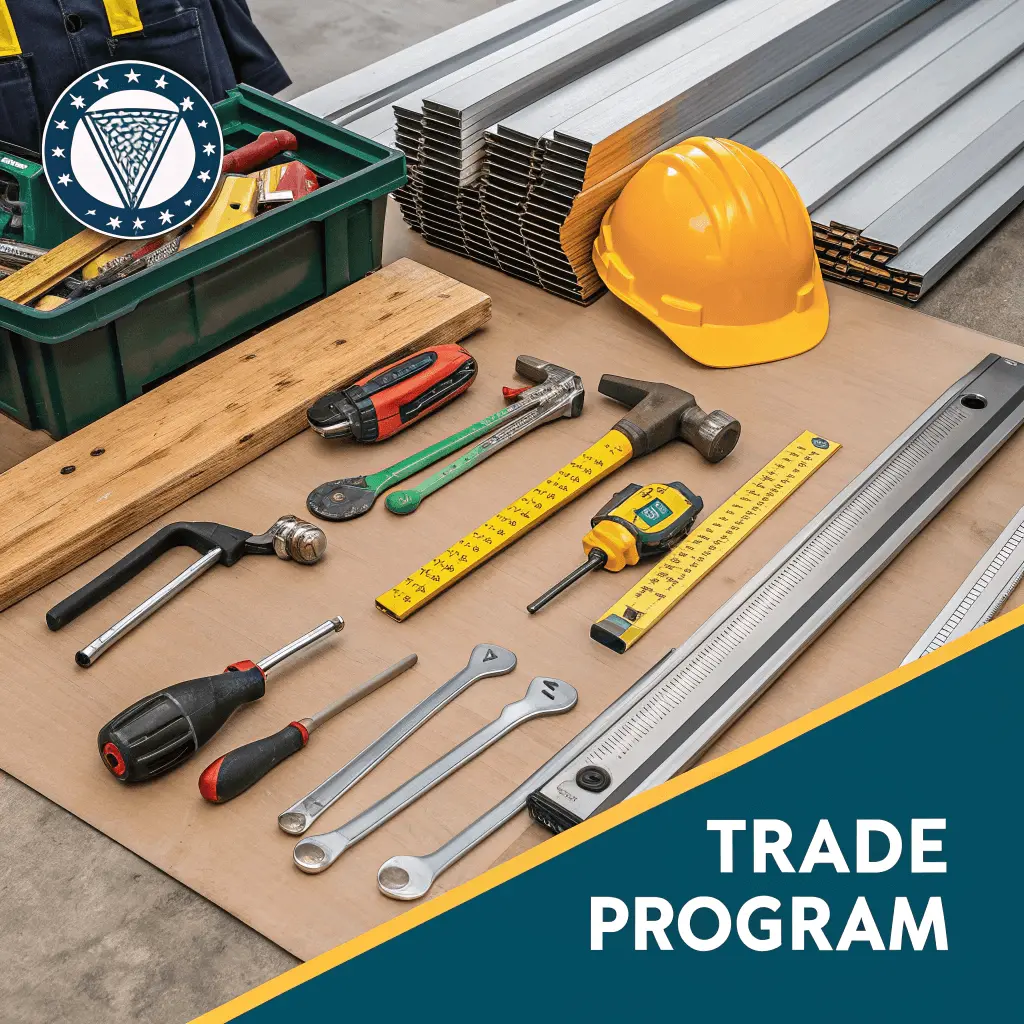As the employment landscape continues to evolve, numerous students and career changers are discovering the practical benefits of enrolling in trade programs. These specialized educational paths target industry-specific skills, providing a direct pipeline to professions that are in high demand across various sectors. With a focus on experiential learning and a shorter time to completion compared to traditional four-year degrees, trade programs are becoming a viable option for many. In this article, we’ll delve into the reasons behind this trend and how it’s reshaping the way we think about education and employment. Keep reading to uncover how trade programs might pave the way to your future career success.
Exploring the Popularity of Trade Programs in Today’s Job Market

Trade programs are gaining renewed attention as industries face shortages of skilled workers due to automation and retiring baby boomers. Institutions are adapting their offerings to meet modern workforce needs, making these paths attractive for those seeking stable, practical careers without the long timelines of traditional degrees. Focused training and real-world experience allow students to move quickly from learning to earning.
Covering fields like healthcare, construction, technology, and automotive services, popular trade programs provide hands-on skills that employers value. With lower costs than four-year colleges and strong job prospects, vocational schools and community colleges have become a top choice for learners eager to fast-track their careers in growing industries.
The Economic Advantages of Pursuing a Career through Trade Schools
Trade programs offer notable financial advantages compared to traditional university degrees. With lower tuition fees and shorter study durations, students often avoid significant debt while gaining practical, job-ready skills. Many can work part-time in their chosen field during training, helping offset costs.
Graduates typically enter the workforce sooner, securing stable incomes earlier and contributing to long-term financial stability through savings and retirement plans. Skilled trades such as plumbing, electrical work, and HVAC often provide competitive salaries, sometimes surpassing those of degree-based roles. Apprenticeship opportunities further enhance the value of trade programs by allowing students to earn income, gain hands-on experience, and build industry connections while studying.
Bridging the Skills Gap: How Trade Programs Meet Industry Needs

Trade programs play a vital role in closing the skills gap across modern industries. As technology advances, trade schools adapt by working with industry leaders to align curricula with current workforce needs. This collaboration creates a symbiotic relationship where employers shape program development while students gain exposure to real-world practices and emerging technologies.
Community partnerships further strengthen this model by offering placements and internships that provide hands-on training, reducing employer onboarding costs. By producing graduates who are both knowledgeable and experienced, trade schools ensure industries have a steady supply of skilled professionals ready to step into roles left open by an aging workforce and rising retirements.
Future Outlook: The Evolving Landscape of Vocational Training and Employment Opportunities
Trade programs are gaining momentum as demand for skilled labor grows, driven by technological advances, sustainability efforts, and the rise of alternative energy. To meet these shifts, many trade schools are introducing specialized programs that prepare students for emerging industries. The integration of digital tools and distance learning is also reshaping trade education, expanding access through virtual simulations and flexible coursework while maintaining essential hands-on training.
This evolution appeals to diverse learners, including working adults pursuing new opportunities. Policy support is another driving force, as governments and industry groups create incentives and partnerships to strengthen vocational pathways and highlight their role in economic growth. Employers increasingly value adaptability alongside technical expertise.
Altogether, the resurgence of trade programs signals a pivotal shift in educational and career dynamics, demonstrating that a successful and satisfying career need not follow the traditional four-year college route. This educational renaissance offers a practical and thoughtful alternative, aligning closely with the needs of modern industries and preparing individuals for futures full of opportunity and growth.

